|
The WrEN team has just spent the past five days “on retreat” in a house near the Scottish town of Drymen. For anyone who’s never tried it, residential work retreats are a great way to escape from the normal office distractions and focus purely on research, whilst enjoying company with fantastic colleagues. For all of us a clear highlight was the chance to “talk science 24-7”. The retreat allowed us to focus on several areas of the WrEN project, without the distractions of interruptions that are inevitable at the office. We went with some clear ideas of what we wanted to achieve from the week, but one of the great things about getting together in a relaxed atmosphere with colleagues are the unexpected ideas that crop up over dinner, on walks, or while sitting around a roaring fire sampling the liquid products of both Scotland and Mexico. We had a productive week and now have five more manuscripts ready to submit to journals. We also submitted a conference abstract to the IALE conference (International Association for Landscape Ecology) being held in Milan this summer, brain-stormed ideas for new proposals, funding opportunities and discussed new analyses with our existing dataset. It’s a good job Kirsty is on research leave for the next 6 months to get started on some of our new to-do list. Whilst Elena could only join us for a couple of days, she described these the most productive two days she’d experienced in the last few years. Turns out that a few glasses of fizz also helps you work well into the evening! Some research highlights: Identifying ecological time lags and assessing how they influence the evaluation of conservation success. The paper, being led by Kevin and Robbie, uses a simple landscape to illustrate the basic process by which ‘extinction debts’ and ‘colonisation credits’ can influence species and biodiversity targets in a changing landscape. Using previous data from the WrEN project, we’ve identified a significant lag (Fig 1) in the response of specialist bird species to previous woodland creation. These results are mirrored by individual-based models illustrating the effects of habitat removal and re-creation (Fig 2). Watch this space for the paper in due course. Evaluating the response of small mammals to woodland creation. Elisa spent most of her time working on the WrEN small mammals paper and discussing the results with the rest of the team. The upcoming manuscript will describe how small mammals respond to long-term and large-scale woodland creation. It will also examine the influence that local woodland characteristics (such as vegetation structure) and landscape attributes (such as degree of connectivity to other woodlands) have on three small mammal species of varying woodland affinity; these attributes are likely to influence colonisation events and determine the suitability of new woodlands for small mammals. These discussions took place while the team enjoyed some tequila (just to keep us warm, honest…) sitting by the fire and watching the snow fall outside. Work over the last couple of years at some of the English WrEN sites have enabled us to look at the effects of woodland restoration on soil quality and earthworm populations. Frank spent the week working on two manuscripts from the soil project, finding that being surrounded by co-authors on the papers meant feedback was unusually prompt, allowing him to get one manuscript ready for submission that week. We also outlined plans for the next phase of the WrEN soil project, including soil biodiversity surveys of Scottish sites as part of a new PhD project starting in October. We’re already talking about the next retreat for later in the year, but swapping Scotland, snow and castles, for somewhere scenic in England.
4 Comments
|
AuthorElisa Fuentes-Montemayor Kevin Watts, and Kirsty Park (for more info go to About WrEN) Archives
January 2019
Categories |

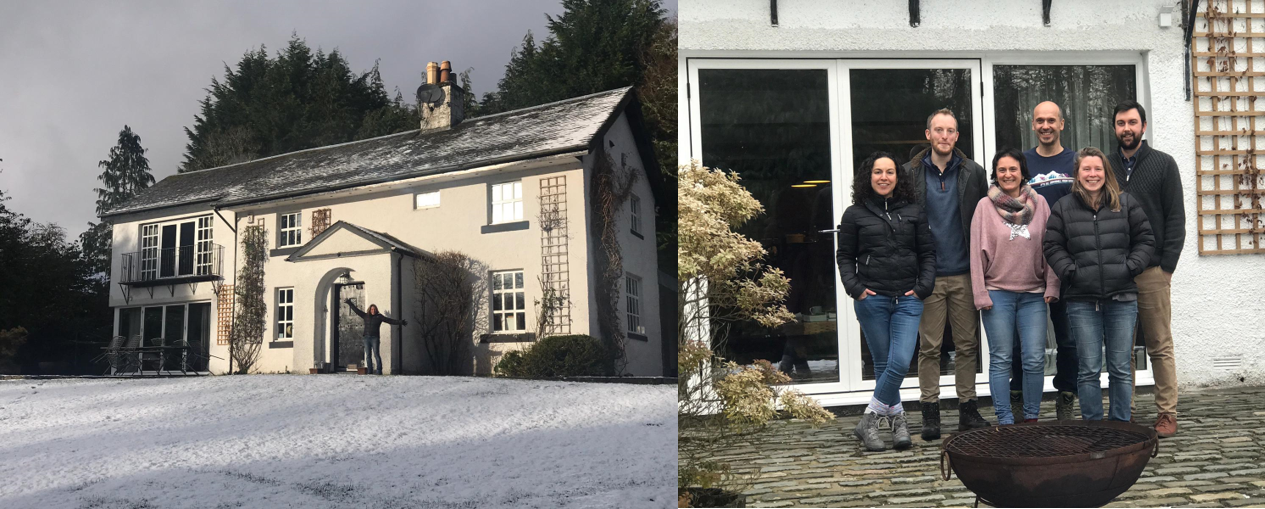
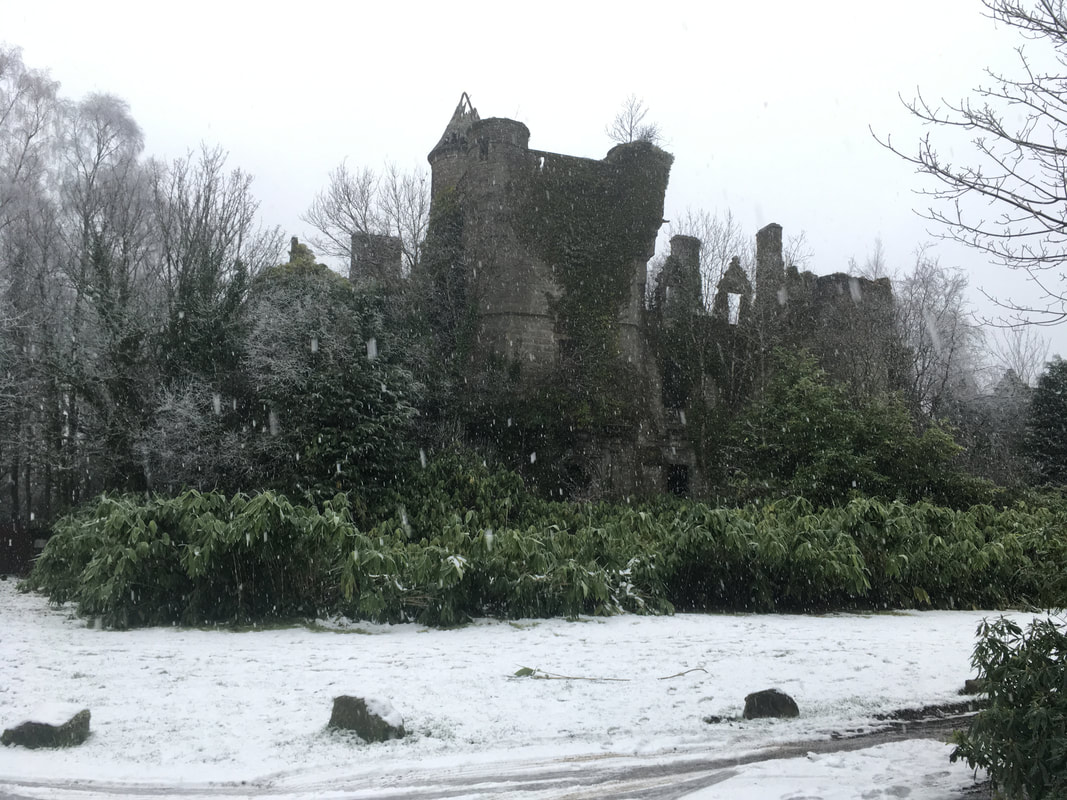
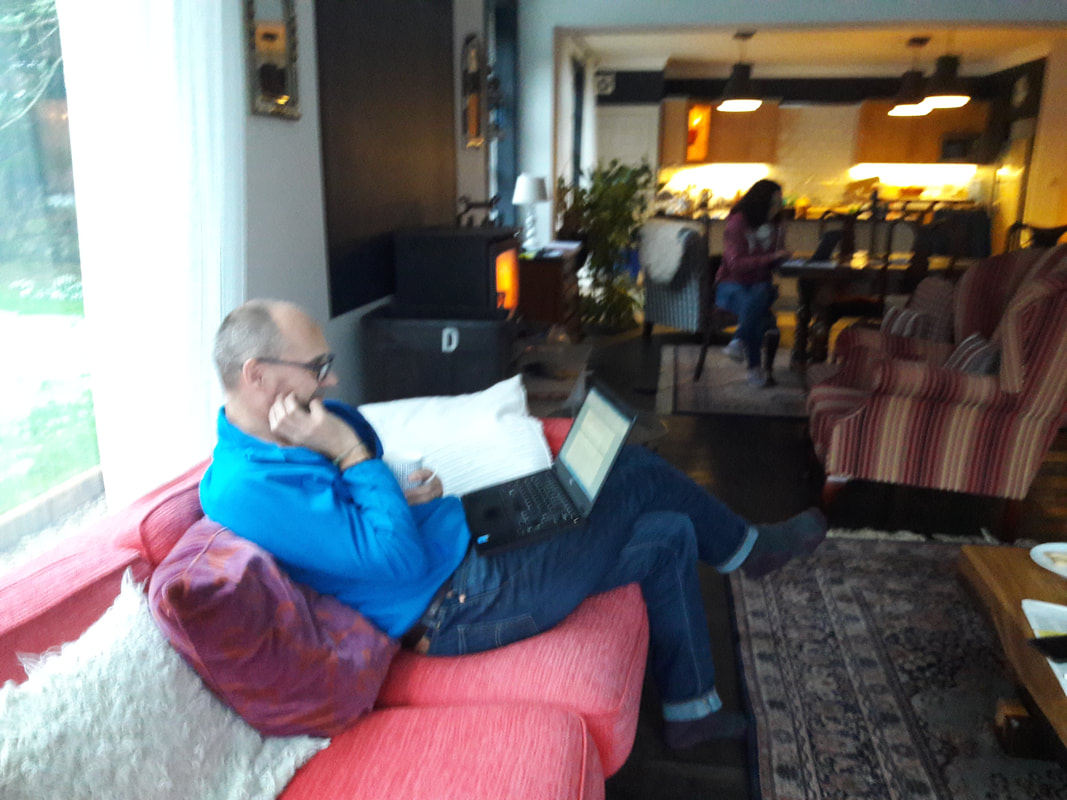
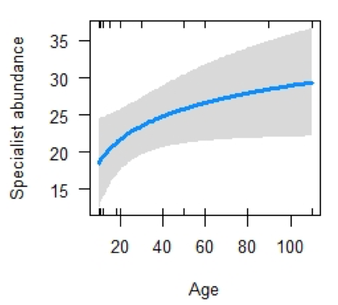
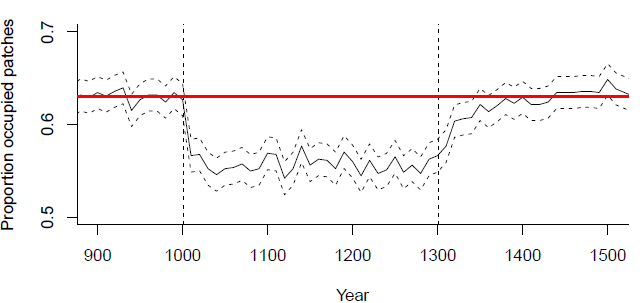
 RSS Feed
RSS Feed